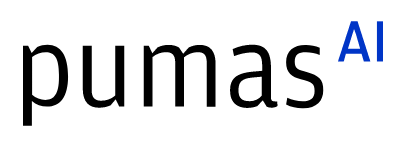Finding Fast Radio Bursts, Faster
Abstract:
In radio astronomy, "Fast Radio Bursts" are short, high-energy signals of unknown origin. So far, relatively few have been discovered as many telescopes weren't designed to observe radio transients. Additionally, searching real-time spectral data is an expensive task, for which there are only a few aging packages to automate. In this talk, we'll look at using CUDA.jl and the Julia ecosystem to accelerate the hunt for these mysterious sources and the integration into an FRB detection pipeline.
Description:
One of the main bottlenecks in a fast radio burst detection pipeline is a first pass pulse detection. FRBs, pulsars, airplane radars, and microwaves opened prematurely can all produce pulse-like profiles. Processing the dynamic spectral data in real-time to limit the search space and produce a list of possible candidates is an important first step.
When wideband radio pulses travel through space, ionized interstellar media disperses the pulse in time. This results in a received spectrum with a peak descending in frequency as a function of time instead of receiving all of the frequencies at once. For a given received time/frequency data point, the pulse signature may be buried under noise. As we don't know the amount of dispersion of an arbitrary pulse a priori, we have to integrate all possible dispersion curves for every start time to find a possible correlation.
Using both hand-written CUDA.jl kernels and Julia's GPU-array abstractions, we can implement a performant divide and conquer approach to search for these pulses. Then, leveraging the Julia ecosystem, we can embed this transformation into a modern, integrated FRB detection pipeline.
Platinum sponsors



Gold sponsors


Silver sponsors








Media partners



Community partners


Fiscal Sponsor
